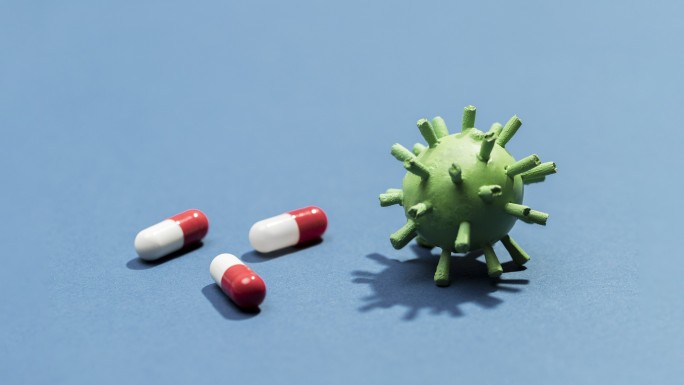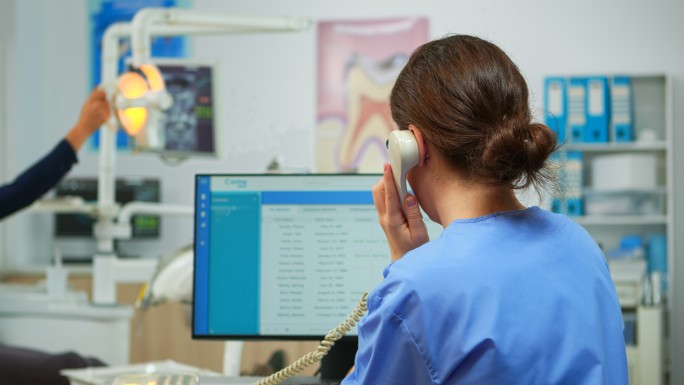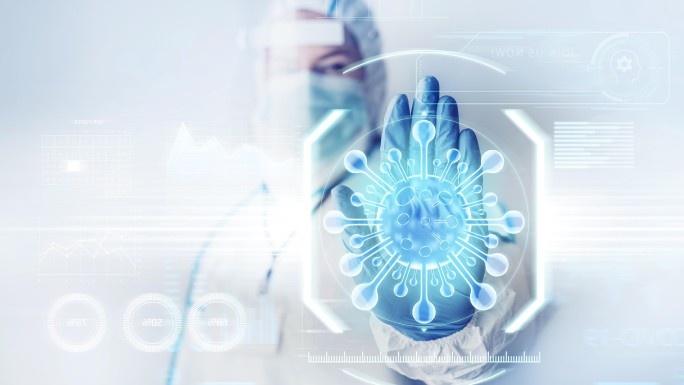Complete guide to understand remote patient monitoring system (RPMS)
Remote patient monitoring (RPM) was used a long time ago to provide better healthcare for isolated or rural areas. Alongside technology innovation, remote patient monitoring has been significantly developed and widespread. But not until the COVID-19 pandemic, remote patient monitoring was indeed showing its quickness and efficiency. More and more disease treatments have applied to this model to improve the care quality, save time and costs.
This guide will lead you through the reasons why remote patient monitoring systems got into the mainstream and what the future holds in advance for this system.
What is a remote patient monitoring system?
A remote patient monitoring system is a healthcare system that allows healthcare providers to monitor patients' health data remotely. This technology enables constant and continuous monitoring of patients outside of conventional healthcare settings, such as hospitals or clinics. Through digital devices and communication tools, the remote patient monitoring system will support healthcare staff with timely health data.
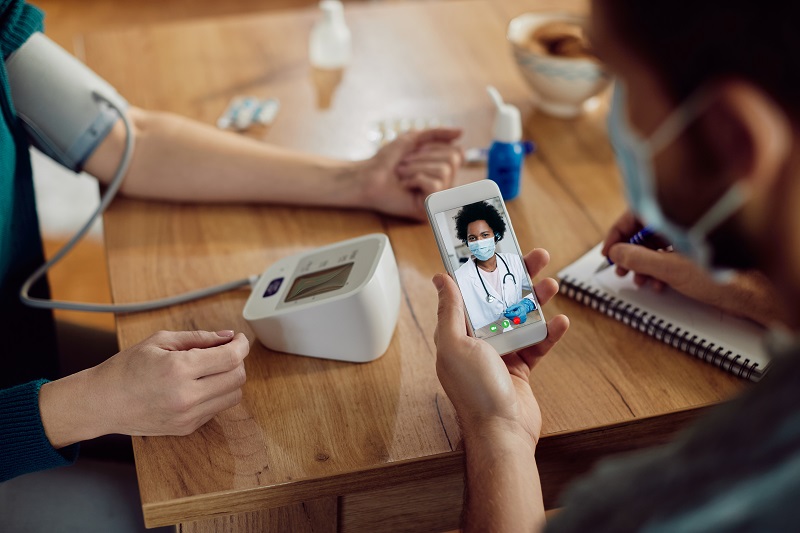
Purposes of a remote patient monitoring system
A remote patient monitoring system (RPMS) serves multiple purposes in the realm of healthcare, fundamentally changing the way patient care is delivered.
Firstly, it shows continuous monitoring of patients' vital signs and health parameters in real-time. This real-time data allows healthcare providers to gain insights into patients' well-being without the necessity of frequent in-person visits. Healthcare staff can also make early detection of abnormalities from normal health conditions. This encourages proactive intervention and prevents increasing health issues.
Remote patient monitoring system also enhances the management of chronic conditions by offering a personalized approach to care. Healthcare providers can ensure patients with long-term health concerns that they will receive timely and tailored interventions.
Additionally, the system contributes to the optimization of healthcare resources by efficiently allocating attention to patients who require immediate medical attention. Thereby, reducing unnecessary hospitalizations and clinic visits.
The primary purposes of an RPM system include improving patient outcomes, increasing accessibility to healthcare, and promoting a more patient-centric and proactive model of care delivery.
Benefits of remote patient monitoring system to healthcare providers
Early intervention and timely alerts
RPM system allows healthcare providers to get real-time data on patients' vital signs and health parameters. Every deviations from the normal range will be early detected and informed to care givers. This facilitates timely interventions and reduces the risk of complications.
Proactive management of chronic conditions
For patients with chronic conditions, remote patient monitoring supports proactive disease management by providing continuous monitoring. This can support better control of chronic conditions, fewer hospitalizations, and improved overall health outcomes.
Efficient use of resources
RPM helps in optimizing healthcare resources by focusing attention on patients who require immediate intervention. This can reduce unnecessary hospital visits and admissions, allowing healthcare providers to allocate resources more efficiently.
Remote follow-ups and consultations
Telehealth integrated with the RPM system enables healthcare providers to conduct remote follow-up appointments and consultations. This not only improves patient engagement but also reduces the burden on in-person clinic visits, especially for routine check-ups.
Read more: Understanding remote patient monitoring system: functions and technology
Data-driven decision making
Continuous monitoring generates a wealth of patient data. Healthcare providers can use this data to gain insights into patient health trends, track treatment effectiveness, and make informed, data-driven decisions for personalized care plans.
Improved patient engagement
Remote patient monitoring system encourages patients to actively participate in their healthcare. Patients become more engaged in monitoring their health, adhering to treatment plans, and adopting healthier lifestyles, leading to better long-term outcomes.
Enhanced patient satisfaction
The convenience of remote monitoring and telehealth consultations can improve overall patient satisfaction. Patients appreciate the flexibility, reduced travel, and the ability to receive care in the comfort of their homes.
Reduced readmissions
By providing continuous monitoring and early intervention, RPM can help reduce hospital readmissions. This is particularly beneficial for post-surgery recovery, chronic disease management, and other scenarios where close monitoring is critical.
Benefits of remote patient monitoring system to patients
Increased convenience and comfort
Patients can monitor their health from the comfort of their homes, reducing the need for frequent clinic visits. This is especially beneficial for individuals with mobility issues or those living in remote areas.
Early detection of issues
RPM enables patients to detect and address health issues early. Alerts and notifications provide immediate feedback, allowing patients to take prompt action or seek medical advice when necessary.
Personalized care plans
Continuous monitoring allows healthcare providers to tailor care plans based on individual patient data. This personalization can lead to more effective treatment strategies and improved health outcomes.
Reduced anxiety and stress
Patients may experience reduced anxiety and stress knowing that their health is being actively monitored. Continuous feedback and the ability to communicate with healthcare providers remotely provide a sense of support and reassurance.
Better medication adherence
RPM systems can include medication reminders and adherence tracking, improving patients' adherence to prescribed medications. This contributes to better disease management and prevents complications.
Empowered health literacy
Patients become more informed and empowered as they actively engage in monitoring their health. This can lead to increased health literacy, better understanding of their conditions, and more informed decision-making.
Faster access to care
Telehealth consultations allow patients to access healthcare more quickly without waiting for in-person appointments. This is particularly valuable for addressing acute concerns and receiving timely medical advice.
Support for elders in place
RPM facilitates elders in place by providing continuous monitoring. This enables healthcare providers to detect changes in health early and intervene to support elderly independent living.
Some popular applications of remote patient monitoring system
Here are some reality applications of remote patient monitoring systems currently:
Diabetes management
A study from Diabetes Care has shown that diabetes management involves daily remote patient monitoring, is equally effective as visiting healthcare facilities every 3 months. Through RPM system, all diabetes parameters, such as blood pressure, blood glucose and weight, are provided to patients and healthcare staff immediately. In necessary cases, the RPM system will send the alerts so healthcare professionals can have timely intervention.
IVF supporting
Patient remote monitoring is a valuable tool for IVF (In Vitro Fertilization). This system can involve the use of wearable devices or fertility tracking apps to monitor ovulation parameters, such as basal body temperature, cervical mucus changes, and hormonal fluctuations. Patients can use these devices to collect and transmit real-time data to their healthcare providers, allowing for more accurate and timely tracking of ovulation patterns.
After embryo transfer, RPM can still remotely monitor patients during the crucial post-procedure period.
Post surgery
After the surgery, patients can use wearable devices equipped with sensors to monitor vital signs such as heart rate, blood pressure, and oxygen saturation levels. RPM system allows for the continuous transmission of vital signs data to healthcare providers, enabling real-time monitoring of the patient's physiological status.
RPM can also involve the use of smart wound dressings or wearable devices that monitor temperature, moisture levels, and signs of infection in surgical wounds. Patients can take photos of their surgical wounds, sending them to healthcare providers to track the healing process remotely.
Cancer
Patients going through chemotherapy can use symptom tracking apps to monitor and report common side effects such as nausea, fatigue, and pain. RPM allows healthcare providers to receive real-time updates on patients' symptoms, enabling timely interventions and adjustments to the cancer treatment plan.
Dementia risk preventing
Dementia could cause patients’ falls and many other risks, especially for elders. Remote patient monitoring can be included in devices such as canes or walkers and send the data through Wi-Fi or GPS. Location, speed, or gaits will go through an algorithm that detects the risk of falls, and send alerts to the caregivers.
COVID-19
Patients with COVID-19 may use connected medical devices to monitor vital signs like temperature, heart rate, and oxygen saturation levels at home. RPM systems enable the continuous transmission of vital signs data to healthcare providers, allowing for ongoing monitoring of respiratory and heart health.
Future directions to advance remote patient monitoring system
The future of remote patient monitoring systems holds exciting possibilities as healthcare systems evolve. Several key directions are anticipated to shape the future of RPM, enhancing its capabilities and impact.
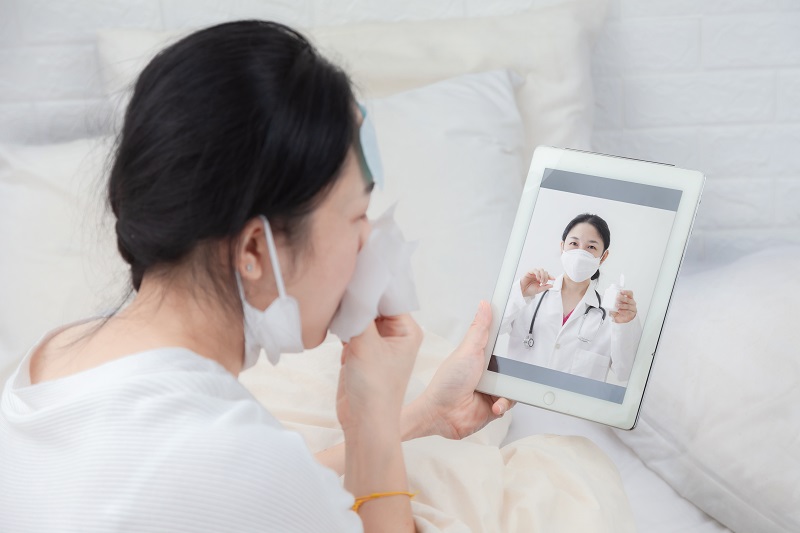
Integration with artificial intelligence (AI) and machine learning (ML)
Incorporating AI and ML algorithms into RPM systems will enable more sophisticated analysis of patient data. Predictive analytics can anticipate health trends, allowing for early intervention and personalized treatment plans.
Wearable technology innovations
Advancements in wearable devices will contribute to more accurate and diverse data collection. Super small accessories with sensor capabilities and the development of novel wearables will enhance the breadth and depth of health information that can be monitored remotely.
Read more: Wearable Health Monitoring Devices in Healthcare: Benefits and Drawbacks
Telehealth synergy
Further integration with telehealth platforms will create a seamless patient experience. The synergy between RPM and telehealth will enable not only remote monitoring but also virtual consultations, bringing comprehensive healthcare services directly to patients' homes.
Remote diagnostic capabilities
Future RPM systems may include diagnostic tools that enable remote testing for specific health indicators. This could range from at-home diagnostic kits for chronic conditions to more advanced diagnostic capabilities integrated into wearable devices.
Blockchain for enhanced security
Integration of blockchain technology can enhance the security and privacy of patient data. Blockchain's decentralized and tamper-resistant nature can provide a secure and transparent framework for storing and sharing health information.
Patient-generated health data utilization
The future of RPM will see a greater emphasis on utilizing patient-generated health data. This includes not only physiological data but also patient-reported outcomes and lifestyle information, providing a holistic view of a patient's health.
Remote monitoring for diverse health parameters
Expansion beyond traditional vital signs to monitor a broader range of health parameters. This may include mental health indicators, genomic data, and environmental factors that contribute to a more comprehensive understanding of an individual's health.
Focus on user-friendly interfaces
Future RPM systems will prioritize user-friendly interfaces and intuitive designs, making it easier for patients to engage with the technology. This includes simplified device setups, easy-to-understand data visualizations, and streamlined communication features.
Conclusion
After the pandemic, we realize remoteness is not just a trend, it’s our future. By the incredible speed of technology rising and how RPM is deployed all over the healthcare industry, we can see a promising potential from this system. If your business is looking for a remote patient monitoring solution, it’s time to get consultation from healthcare technology experts to find the best way. Thank you for getting to this point, we hope this guide could bring a clearer understanding about this essential healthcare system.





